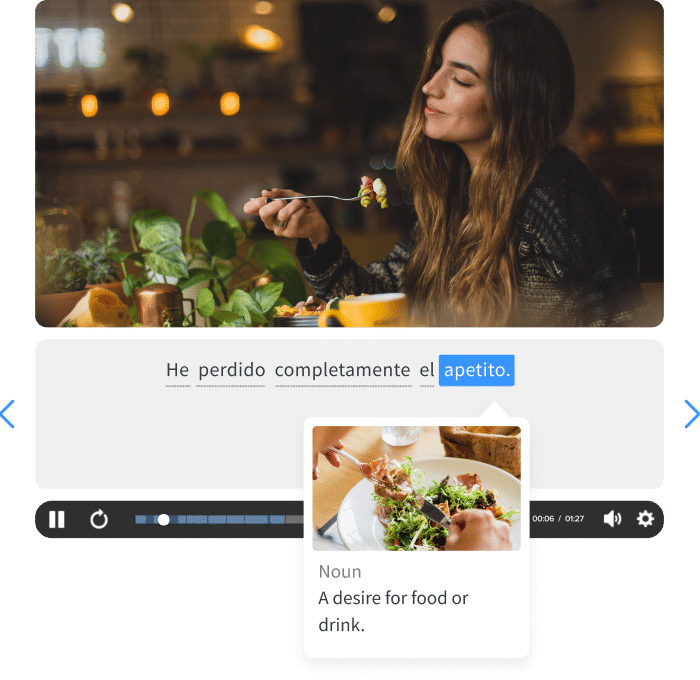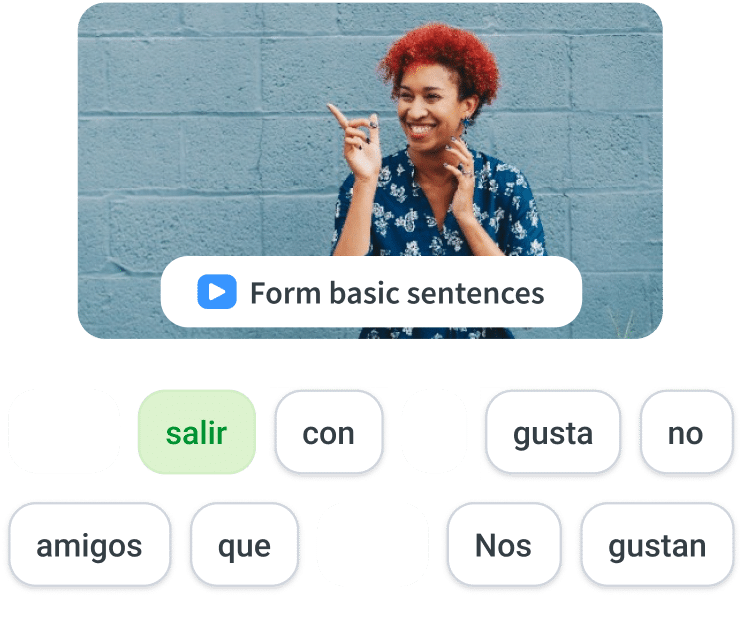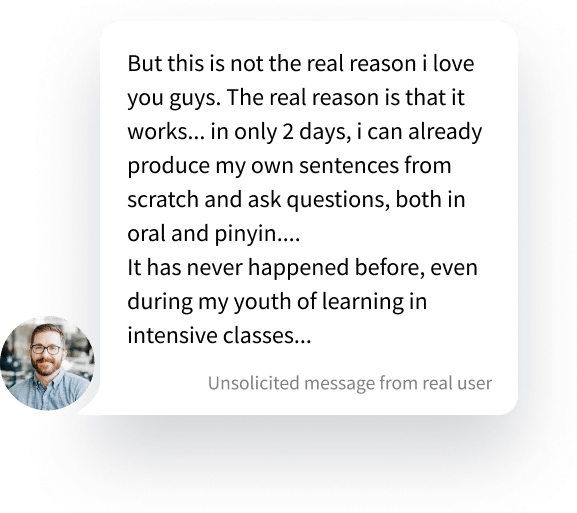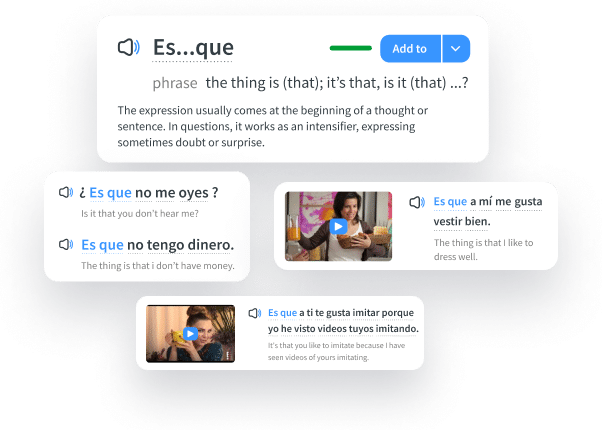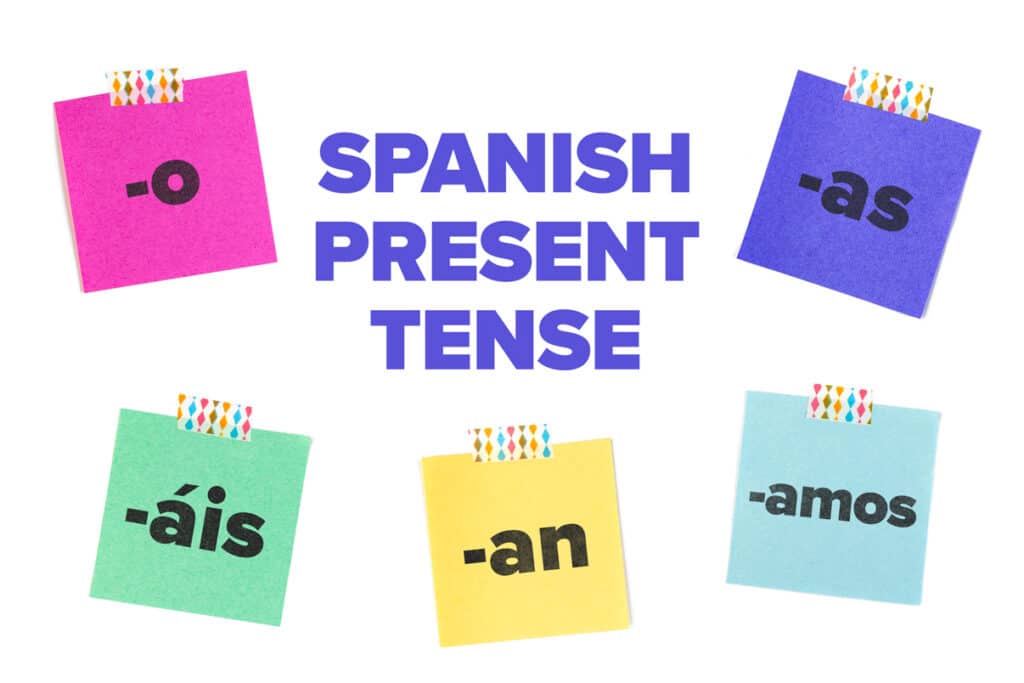
Spanish Present Tense: The Ultimate Beginner-friendly Guide (with Quiz)
The Spanish present tense is typically the first tense you learn.
It allows you to have basic conversations about who you are, where you’re from and what you do.
It also can help when you’re asking for directions, ordering food or otherwise enjoying a Spanish-speaking country.
In this guide, you’ll learn what the present tense is and how to conjugate it.
If you missed your verb conjugation class at school and still can’t tell the difference between an -AR and an -IR verb, help is here.
Contents
- How to Form the Present Tense in Spanish
- How to Conjugate -AR Verbs in the Present Tense
- How to Conjugate -ER Verbs in the Present Tense
- How to Conjugate -IR Verbs in the Present Tense
- Irregular Verbs in the Spanish Present Tense
- Spelling Rules in the Spanish Present Tense
- Spanish Present Tense Conjugation Practice Quiz
Download: This blog post is available as a convenient and portable PDF that you can take anywhere. Click here to get a copy. (Download)
How to Form the Present Tense in Spanish
All Spanish verbs fall into one of just three categories when it comes to their endings in the infinitive:
- Verbs that end in -AR, like bailar (to dance)
- Verbs that end in -ER, such as comer (to eat)
- Verbs ending in -IR, as in vivir (to live)
To make the present tense in Spanish, you take the verb stem and then add the appropriate ending. The ending depends on the pronoun (I/you/he/etc.) and verb type (-ar/-er/-ir).
The root or stem of the verb is the part before -ar/-er/-ir. Here are the stems of the three Spanish verbs we saw above:
- bailar → bail-
- vivir → viv-
- comer → com-
How to Conjugate -AR Verbs in the Present Tense
-AR verb endings are as you see in the chart below:
| Subject | Ending | Example (Bailar) |
|---|---|---|
| Yo | -o | Bailo |
| Tú | -as | Bailas |
| Él/Ella/Usted | -a | Baila |
| Nosotros | -amos | Bailamos |
| Vosotros | -áis | Bailáis |
| Ellos/Ellas/Ustedes | -an | Bailan |
Take a look at these example sentences:
Bailo todas las mañanas (I dance every morning).
Bailas todas las mañanas (You dance every morning).
Baila todas las mañanas (He/she/it dances every morning/You (singular formal) dance every morning).
Bailamos todas las mañanas (We dance every morning).
Bailáis todas las mañanas (You (plural) dance every morning).
Bailan todas las mañanas (They dance every morning).
How to Conjugate -ER Verbs in the Present Tense
Here are the endings for -ER verbs:
| Subject | Ending | Example (Comer) |
|---|---|---|
| Yo | -o | Como |
| Tú | -es | Comes |
| Él/Ella/Usted | -e | Come |
| Nosotros | -emos | Comemos |
| Vosotros | -éis | Coméis |
| Ellos/Ellas/Ustedes | -en | Comen |
You’ll notice that the endings for the -ER verbs are almost the same as the -AR verbs, except they use an “e” and not an “a.” The first person is the same.
Let’s look at a few example sentences:
Como una hamburguesa (I eat a hamburger).
Comes una hamburguesa (You eat a hamburger).
Come una hamburguesa (He/she/it eats a hamburger/You (singular formal) eat a hamburger).
Comemos una hamburguesa (We eat a hamburger).
Coméis una hamburguesa (You (plural) eat a hamburger).
Comen una hamburguesa (They eat a hamburger).
How to Conjugate -IR Verbs in the Present Tense
The -IR endings are very similar to the -ER endings. The only differences are in the nosotros and vosotros forms of the verbs.
| Subject | Ending | Example (Vivir) |
|---|---|---|
| Yo | -o | Vivo |
| Tú | -es | Vives |
| Él/Ella/Usted | -e | Vive |
| Nosotros | -imos | Vivimos |
| Vosotros | -ís | Vivís |
| Ellos/Ellas/Ustedes | -en | Viven |
Examples:
Vivo en Buenos Aires (I live in Buenos Aires).
Vives en Buenos Aires (You live in Buenos Aires).
Vive en Buenos Aires (He/she/it lives in Buenos Aires/You (singular formal) live in Buenos Aires).
Vivimos en Buenos Aires (We live in Buenos Aires).
Vivís en Buenos Aires (You (plural) live in Buenos Aires).
Viven en Buenos Aires (They live in Buenos Aires).
The only way you’ll be able to master the present tense is through practice.
Do grammar exercises, make sentences in your head and recite the endings over and over again to yourself. Do whatever works until you can remember which ending is which and apply them appropriately.
It would be great if that were all there is to it, but the fun doesn’t end there.
Once you’ve got the regular verb endings down, it’s time to tackle irregular verbs.
Irregular Verbs in the Spanish Present Tense
Irregular Spanish Present Tense Verbs: Stem-changers
Some verbs change their stem in the present tense. They usually change in all forms except nosotros and vosotros.
They’re also categorized by the type of change, for example, “o” → “ue” and “e” → “ie.”
“o” → “ue” Stem-changing Verbs
Here are three common examples of “o” → “ue” stem-changing verbs.
Dormir (to sleep)
| Subject | Conjugation |
|---|---|
| Yo | Duermo |
| Tú | Duermes |
| Él/Ella/Usted | Duerme |
| Nosotros | Dormimos |
| Vosotros | Dormís |
| Ellos/Ellas/Ustedes | Duermen |
Acostar (to go to bed):
| Subject | Conjugation |
|---|---|
| Yo | Acuesto |
| Tú | Acuestas |
| Él/Ella/Usted | Acuesta |
| Nosotros | Acostamos |
| Vosotros | Acostáis |
| Ellos/Ellas/Ustedes | Acuestan |
Volver (to return):
| Subject | Conjugation |
|---|---|
| Yo | Vuelvo |
| Tú | Vuelves |
| Él/Ella/Usted | Vuelve |
| Nosotros | Volvemos |
| Vosotros | Volvéis |
| Ellos/Ellas/Ustedes | Vuelven |
“e” → “ie” Stem-changing Verbs
Another group of stem-changing verbs change from “e” to “ie.” Examples include:
Empezar (to start)
| Subject | Conjugation |
|---|---|
| Yo | Empiezo |
| Tú | Empiezas |
| Él/Ella/Usted | Empieza |
| Nosotros | Empezamos |
| Vosotros | Empezáis |
| Ellos/Ellas/Ustedes | Empiezan |
Querer (to want)
| Subject | Conjugation |
|---|---|
| Yo | Quiero |
| Tú | Quieres |
| Él/Ella/Usted | Quiere |
| Nosotros | Queremos |
| Vosotros | Queréis |
| Ellos/Ellas/Ustedes | Quieren |
Sentir (to feel)
| Subject | Conjugation |
|---|---|
| Yo | Siento |
| Tú | Sientes |
| Él/Ella/Usted | Siente |
| Nosotros | Sentimos |
| Vosotros | Sentís |
| Ellos/Ellas/Ustedes | Sienten |
If you’re feeling a little lost, don’t panic.
All Spanish learners felt this way at some point, but the good news is that learning all these verbs is possible.
Once you get used to the irregular verbs, they’ll come to you naturally and you’ll soon find your own ears wincing when listening to an improperly conjugated verb.
Irregular Spanish Present Tense Verbs: First Person
Other verbs are irregular in the first person, but regular in all other forms. These are relatively simple to learn.
One example is dar (to give).
The first person form is irregular: doy , as in doy un regalo (I give a present), but the other forms are regular:
| Subject | Conjugation |
|---|---|
| Yo | Doy |
| Tú | Das |
| Él/Ella/Usted | Da |
| Nosotros | Damos |
| Vosotros | Dais |
| Ellos/Ellas/Ustedes | Dan |
The verbs poner (to put/place), traer (to bring) and salir (to leave/go out) are sometimes called the “go” or “yo-go” verbs because they end in “-go” in the first person.
Poner → pongo
Traer → traigo
Salir → salgo
All three verbs are regular in their other forms.
Here’s poner conjugated, for example:
Yo pongo
Tú pones
Él/Ella/Usted pone
Nosotros ponemos
Vosotros ponéis
Ellos/Ellas/Ustedes ponen
Other similar verbs are:
Other irregular verbs in the first person are:
Irregular Spanish Present Tense Verbs: Totally Irregular
There are three verbs that are so irregular they get their own special category: ser (to be), estar (to be), and ir (to go).
Ser (to be)
| Subject | Conjugation |
|---|---|
| Yo | Soy |
| Tú | Eres |
| Él/Ella/Usted | Es |
| Nosotros | Somos |
| Vosotros | Sois |
| Ellos/Ellas/Ustedes | Son |
Estar (to be) seems almost normal, until you see the accents.
| Subject | Conjugation |
|---|---|
| Yo | Estoy |
| Tú | Estás |
| Él/Ella/Usted | Está |
| Nosotros | Estamos |
| Vosotros | Estáis |
| Ellos/Ellas/Ustedes | Están |
And Ir (to go) is almost unrecognizable:
| Subject | Conjugation |
|---|---|
| Yo | Voy |
| Tú | Vas |
| Él/Ella/Usted | Va |
| Nosotros | Vamos |
| Vosotros | Vais |
| Ellos/Ellas/Ustedes | Van |
Spelling Rules in the Spanish Present Tense
Just to confuse matters further, some verbs change their spelling in the present tense. Luckily, there are rules that dictate when this happens.
Verbs Ending in “-cer/-cir”
When the verb ends in a vowel + “cer” or “cir,” you need to change the “c” to “zc” in the first person.
For example, conocer (to know) becomes conozco in the first person and is regular in all other forms:
Yo conozco
Tú conoces
Él/Ella/Ustedes conoce
Nosotros conocemos
Vosotros conocéis
Ellos/Ellas/Ustedes conocen
Other verbs that also have this spelling change are:
Traducir (to translate) → Traduzco
Aparecer (to appear) → Aparezco
Verbs Ending in “-ger/-gir”
Verbs that end in “-ger” or “-gir” change the “g” to a “j” in the first person.
For example:
Exigir (to require/demand) → Exijo
Elegir (to choose) → Elijo (which is also a stem-changing verb)
Verbs Ending in “-guir”
Finally, when a verb ends in “-guir,” change “gu” to “g” in the first person.
Conseguir (to get/achieve) → Consigo .
Seguir (to follow) → Sigo (another stem-changing verb).
Distinguir (to distinguish/tell apart) → Distingo .
Head hurt? Don’t worry.
Take a deep breath, make a cup of tea and then work through each of these sections again, taking time to study each part before moving on to the next.
Trust me, it will be worth your time.
Spanish Present Tense Conjugation Practice Quiz
Conjugate the verb in parentheses in the present tense according to the subject. Then, check your answers below.
1. Yo (comer) pizza los martes. (I eat pizza on Tuesdays.)
2. Tú (beber) agua con tu almuerzo. (You drink water with your lunch.)
3. Nosotros (vivir) en Lima, Perú. (We live in Lima, Peru.)
4. Yo (tener) veintiocho años. (I am 28 years old.)
5. Ella (cantar) su canción favorita. (She sings her favorite song.)
6. Yo (ser) una mujer de pelo castaño. (I am a woman with brown hair.)
7. Mi mamá me (dar) flores. (My mom gives me flowers.)
8. Él (querer) dormir todo el día. (He wants to sleep all day.)
9. Yo (escoger) el vestido negro. (I choose the black dress.)
10. Ustedes (ir) a la escuela a las nueve. (You go to school at nine.)
Answer key:
1. Como
2. Bebes
3. Vivimos
4. Tengo
5. Canta
6. Soy
7. Da
8. Quiere
9. Escojo
10. Van
Don’t get discouraged if you don’t get it right away.
With the right combination of study, practice and immersion, you’ll understand the Spanish present tense in no time.
¡Puedes hacerlo! — You can do it!
Download: This blog post is available as a convenient and portable PDF that you can take anywhere. Click here to get a copy. (Download)

